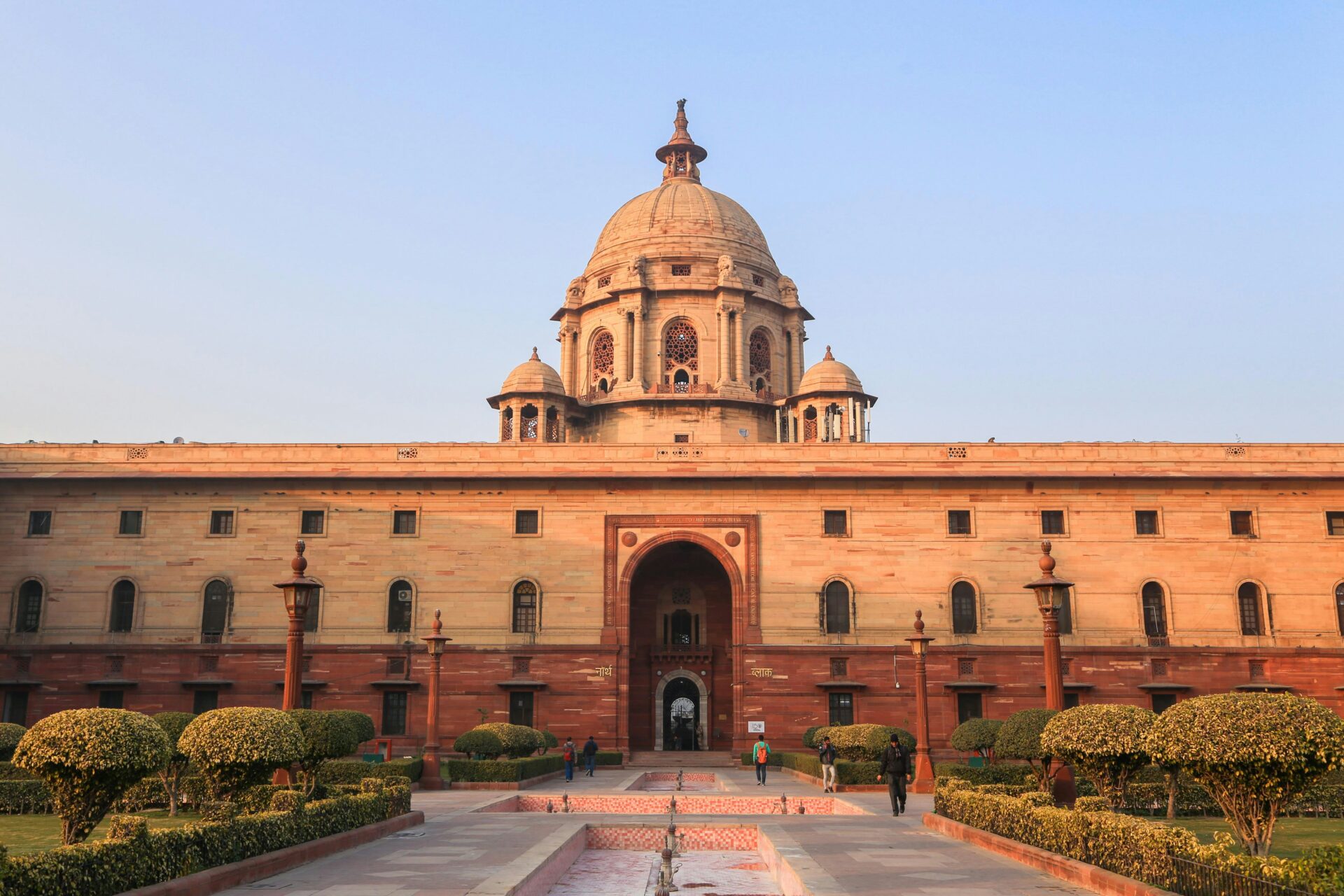The growth of offshore wind around the world offers the BRICS countries – Brazil, Russia, India, China, South Africa, Egypt, (Ethiopia is a member of BRICS but a landlocked country), Indonesia, Iran and the United Arab Emirates – the opportunity to increase their technical cooperation, investment alignment and policy coordination.
As part of our work across the world, we’re spotlighting India’s growing potential for offshore wind and how its existing domestic offshore wind industry can help the country to reach its ambitious targets.
India has an estimated technical potential of around 70 gigawatts (GW) for offshore wind energy, concentrated mainly along the coasts of Gudjarat (36 GW) and Tamil Nadu (35 GW). The country has set an official target of 30 GW by 2030, with projections reaching up to 120 GW by 2047.
In terms of regulation, India already has a robust framework based on the Electricity Act of 2003, the National Offshore Wind Energy Policy of 2015, and the Offshore Wind Energy Lease Rules of 2023.
Recently, the first offshore wind energy auction was launched for projects off the coast of Tamil Nadu, with completion expected by 2025. The government also approved a support mechanism via Viability Gap Funding (VGF), which will allocate approximately $893 million USD to enable 1 GW of capacity, divided between Gudjurat and Tamil Nadu, with 25-year Power Purchase Agreement contracts.
Tamil Nadu Offshore Wind Manufacturing Supply Chain Investment Study
Download PDFRead our latest report on the impact of offshore wind in the Tamil Nadu region of India.
The maturity of India’s offshore wind supply chain opens significant opportunities for manufacturing, installation and operation and maintenance (O&M) of offshore components. Nevertheless, important challenges remain, such as environmental licensing processes, the need for investments in port infrastructure and grid connectivity.
With the BRICS context, India stands out as one of the most advanced countries in offshore wind energy development, both due to its structured regulatory environment and its industrial capacity. This positions India as a potential exporter of components and technologies, while also enabling domestic gains such as increased energy security, emissions reduction, attraction of international investments, and regional development.
India’s experience can be shared with BRICS members in earlier stages of development, such as Egypt, Iran, Indonesia, and the United Arab Emirates, and further expanded to the African Union when the countries become ready.
To find out more about the untapped potential for offshore wind across the BRICS countries, read our new report here.




